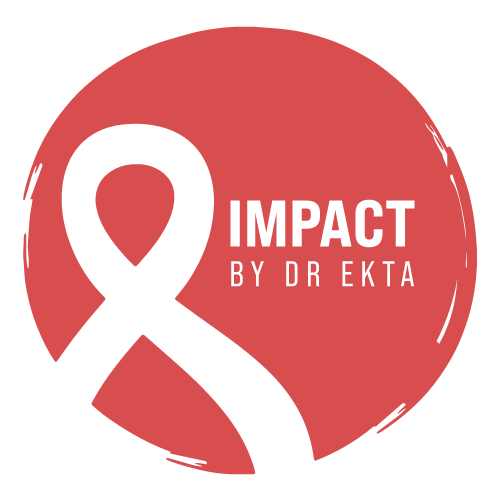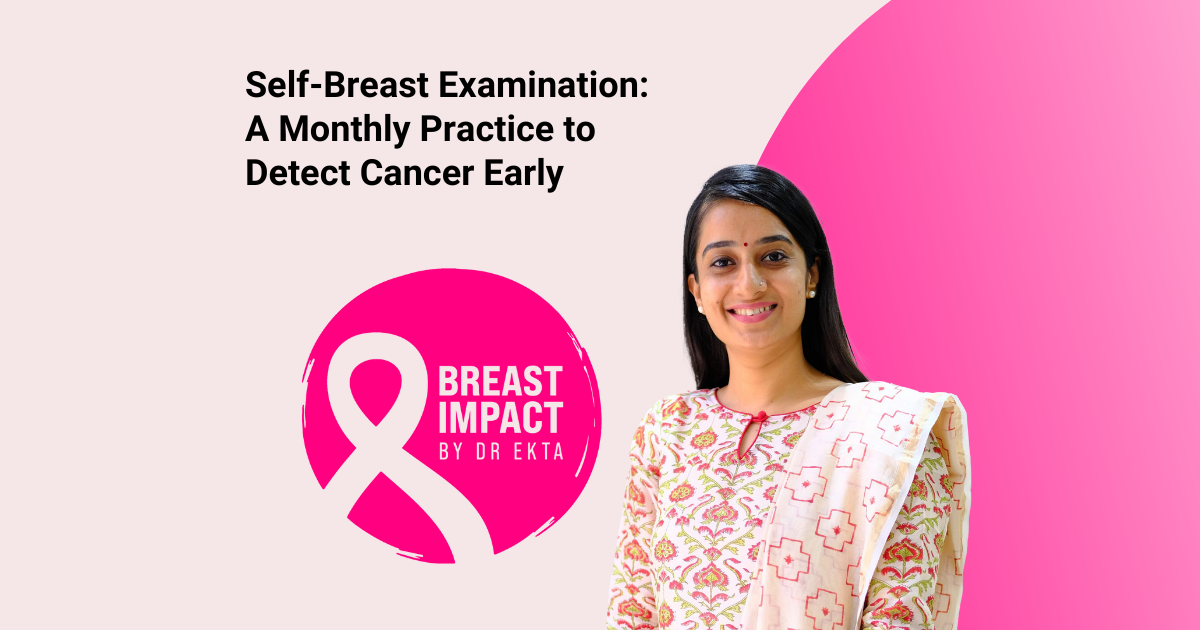As an oncologist, I have seen firsthand the devastating impact of breast cancer. However, I have also witnessed the power of early detection in improving outcomes for those diagnosed with this disease. One of the simplest yet most effective methods for early detection is the self-breast examination. This monthly practice can significantly increase the chances of identifying breast cancer at an early stage, when treatment is most effective.
Breast cancer remains one of the most common cancers among women worldwide. Despite advancements in medical technology and treatments, the key to improving survival rates lies in early detection. This is where the self-breast examination plays a crucial role. By regularly examining your own breasts, you become familiar with their normal state, making it easier to detect any changes that may occur.
Understanding the Importance of Self-Breast Examination
Performing a self-breast examination involves feeling and looking at your breasts for any unusual changes or lumps. It’s a simple process that can be done in the comfort of your own home, requiring only a few minutes of your time each month. The goal is to detect any abnormalities as early as possible, giving you the best chance for successful treatment.
The self-breast examination is not a replacement for mammograms or professional medical exams, but it is a valuable supplement to these screenings. Mammograms and clinical exams are typically done annually or biennially, but a self-breast examination can be performed monthly, providing an additional layer of vigilance.
How to Perform a Self-Breast Examination
Performing a self-breast examination is straightforward, but it’s important to do it correctly to ensure you can detect any potential issues. Here’s a step-by-step guide:
- Visual Inspection:
- Stand in front of a mirror with your shoulders straight and your arms on your hips.
- Look at your breasts in the mirror. Check for any visible changes such as dimpling, puckering, or changes in size or shape.
- Inspect your nipples for any signs of discharge.
- Physical Examination:
- Raise your arms and look for the same changes.
- While lying down, use your right hand to feel your left breast and vice versa. Use a firm, smooth touch with the first few fingers of your hand, keeping them flat and together. Cover the entire breast from top to bottom, side to side, from your collarbone to the top of your abdomen, and from your armpit to your cleavage.
- Follow a pattern to ensure you cover the whole breast. You can choose a circular motion, an up-and-down line pattern, or a wedge pattern from the nipple outwards.
- Repeat While Standing or Sitting:
- Many women find it easier to feel their breasts when their skin is wet and slippery, so you might want to do this step in the shower.
- Cover the entire breast, using the same hand movements described in the physical examination.
What to Look For During a Self-Breast Examination
During your self-breast examination, be on the lookout for the following signs:
- Lumps or thickening: Any noticeable lumps or thickening in the breast tissue should be checked by a healthcare professional.
- Changes in size, shape, or appearance: Sudden changes in the size, shape, or appearance of your breasts can be a sign of an underlying issue.
- Dimpling or puckering of the skin: This can indicate changes beneath the skin that need further investigation.
- Inversion of the nipple: If your nipple suddenly becomes inverted (pulls inwards), it could be a sign of breast cancer.
- Redness or scaling of the nipple or breast skin: These changes in the skin could be symptomatic of breast cancer.
- Nipple discharge: Any discharge from the nipple, particularly if it is bloody or occurs without squeezing, should be evaluated by a healthcare provider.
The Role of Self-Breast Examination in Early Detection
Early detection is critical in the fight against breast cancer. When breast cancer is detected early, treatment is more likely to be successful, and the chances of survival increase significantly. The self-breast examination is a proactive measure that empowers women to take control of their breast health.
In my practice, I encourage all women to incorporate self-breast examination into their monthly routine. It’s a small commitment of time that can make a big difference. By becoming familiar with your breasts and recognizing any changes early, you can seek medical advice promptly, potentially catching cancer in its earliest and most treatable stage.
Common Myths and Misconceptions About Self-Breast Examination
There are several myths and misconceptions about self-breast examination that need to be addressed:
- Myth 1: Only older women need to do self-breast examinations. Breast cancer can occur at any age, so it’s important for women of all ages to perform regular self-breast examinations.
- Myth 2: A lump is the only sign of breast cancer. While lumps are a common symptom, other changes like skin dimpling, nipple inversion, and unusual discharge are also important signs to look for.
- Myth 3: Self-breast examination is not necessary if you have regular mammograms. Mammograms are crucial, but they are typically done annually or biennially. Monthly self-breast examinations can help you detect changes between mammograms.
- Myth 4: Self-breast examinations are not effective. When done correctly and regularly, self-breast examinations can help detect changes early, leading to earlier diagnosis and treatment.
Conclusion
Incorporating self-breast examination into your monthly routine is a simple yet powerful practice that can help detect breast cancer early. As an oncologist, I cannot emphasize enough the importance of being proactive about your breast health. While self-breast examination is not a substitute for professional screenings, it is a valuable tool in the early detection of breast cancer.
By making breast examination a regular part of your life, you take an active role in your health and well-being. Remember, early detection saves lives. So, take those few minutes each month to perform a self-breast examination. It could be a decision that makes all the difference.
Stay vigilant, stay healthy, and encourage the women in your life to do the same. Your health is worth it.

